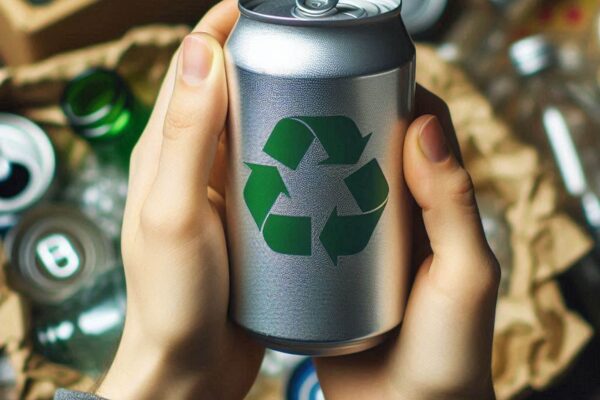Silver recycling is an important process that helps conserve resources, reduces environmental impact, and supports the sustainable use of precious metals. As a valuable material, silver is widely used in various applications, including jewelry, electronics, photography, and industrial processes. With the increasing demand for silver and the depletion of natural resources, recycling has become a crucial practice to meet the needs of various industries while minimizing waste.
Silver Recycling Process
The silver recycling process involves several steps to recover silver from scrap materials effectively. This process typically includes:
- Collection and Sorting: The first step in silver recycling is collecting scrap silver materials, such as old jewelry, silverware, or industrial waste. These materials are then sorted based on their purity and type, which helps in determining the most efficient recycling method.
- Melting and Refining: Once sorted, the silver scrap is melted down in a furnace. This process separates the silver from other metals and impurities. After melting, the molten silver undergoes refining to enhance its purity. Techniques such as electrolysis or chemical refining are commonly employed in this stage.
- Casting and Forming: After refining, the pure silver is cast into bars or other forms for easier handling and transportation. These silver ingots can be sold to manufacturers or used to create new products.
- Manufacturing: The recycled silver can now be utilized by various industries to produce new items, including electronics, jewelry, and dental applications, contributing to a circular economy.

Importance of Silver Recycling
Silver recycling holds numerous benefits that contribute to both environmental sustainability and economic efficiency:
- Resource Conservation: Recycling silver reduces the need for mining new silver, which is a resource-intensive and environmentally damaging process. It helps preserve natural resources and lowers the carbon footprint associated with silver production.
- Waste Reduction: By recycling silver, less waste ends up in landfills. This not only mitigates environmental harm but also promotes a culture of reusing materials.
- Economic Benefits: The silver recycling industry creates jobs and stimulates economic activity. As the demand for recycled silver continues to grow, it provides opportunities for businesses and workers in the recycling sector.
Conclusion on Silver Recycling
In conclusion, silver recycling is a vital process that supports environmental sustainability, resource conservation, and economic growth. As the demand for silver continues to rise, embracing recycling practices will be crucial in meeting this demand while minimizing the negative impacts of mining and waste generation. By participating in silver recycling, individuals and industries can contribute to a more sustainable future, ensuring that valuable resources are used efficiently and responsibly.
